SEO Website Migration
Most modern business owners have likely heard the horror stories of site migration gone wrong, where rankings plummet overnight and it takes entire seasons (or even years) to recover just parts of what was lost. The truth is, that migrating a website can be perfectly fine but only under one condition — it’s done with professional SEO support and a focus on crawlability. This isn’t a quick 24-hour fix. It’s a comprehensive strategy that involves a detailed SEO audit, careful planning, constant monitoring, and a full toolbox of techniques to preserve your organic online visibility.

What Is Website Migration?
Website migration refers to a significant change in a site’s platform, design, structure, or location — usually carried out to improve site performance, site speed, and the overall user experience. At its core, the goal of the migration process is to prevent ranking drops, loss of organic traffic, and a decline in conversions on search engine Google and other search platforms. With the right use of a content management system, Google Search Console, and tried-and-true SEO tactics, site migration can not only preserve but enhance organic performance. One of the key outcomes of a properly executed migration is redirecting all traffic to new HTTPS pages using redirect and traditional techniques.
SEO Risks of a Poorly Planned Migration
Website migration is a technically complex and inherently risky process. From the moment a business starts to migrate, the old site may begin to lose its rankings and search visibility. Without a precise SEO strategy — including a full crawl, thorough audit, and careful implementation your site may struggle to bounce back. Successful migration demands the use of tools like web analytics platforms, meticulous planning, and ongoing SEO monitoring to ensure everything runs smoothly.
Drops in Rankings and Loss of Indexed Pages
A sudden drop in search rankings can have serious consequences for a business. Technical issues, duplicate content, or misconfigured crawling instructions can cause pages to disappear from the index entirely. This leads to a loss of organic traffic and diminished visibility in search results. When this happens, an urgent SEO audit becomes essential to assess the damage and fix the root causes.
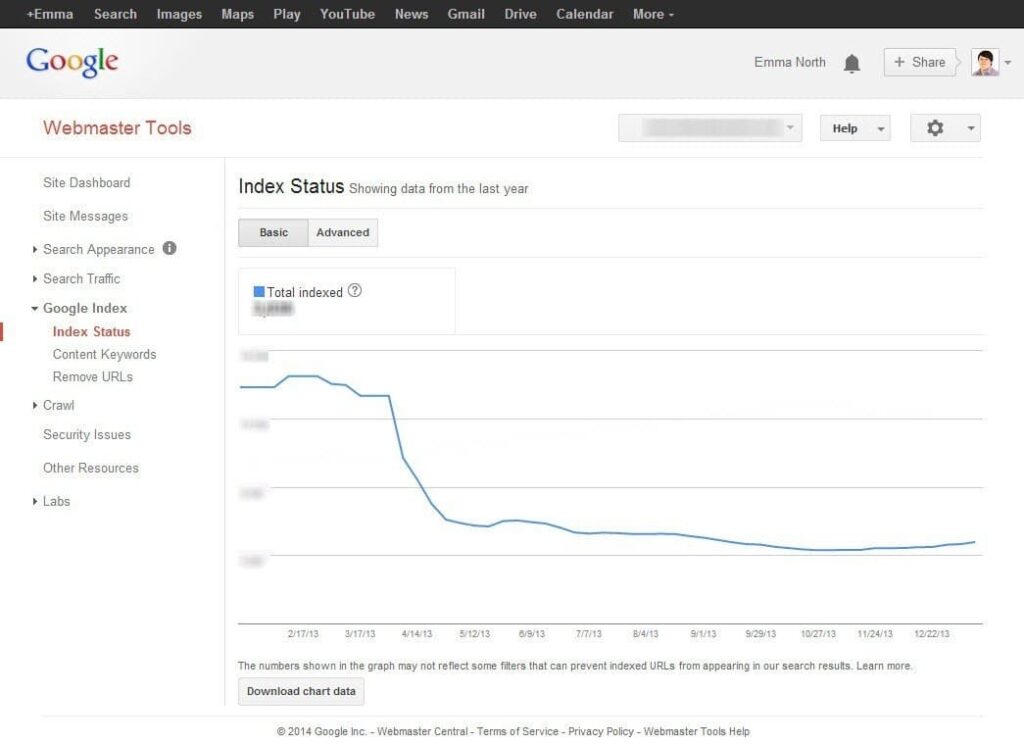
Decreased site speed and broken redirects
Slow-loading pages on the old site, improperly implemented redirects, or misconfigured redirect chains can ruin the user experience. These issues can increase bounce rates and interfere with indexation, stalling SEO performance. In the worst cases, a poorly managed site migration can undo months of SEO work, lead to lost rankings, and cause a business to lose touch with its core audience.
Pre-Migration Planning
This is one of the first steps that must be taken during a website migration. The stage is based on the idea that the brand should set clear goals before it starts to migrate or perform crawl, transfer, and other actions, and also create a detailed business project schedule. The action plan should include everything — from the migration process to creating backups of the old site and conducting a post-process analysis.
Build a Migration Strategy
A well-thought-out strategy is key to a successful web resource migration. It should include such phases as analyzing the current state of the new web resource, monitoring potential risks and issues, and allocating methods, tactics, and assignments. With a competent plan, there’s every chance to prevent data loss, avoid disruptions in promoting the business project, and protect against drops in additional traffic acquisition.
Define Goals and Scope
This stage is about improving the performance of the new web resource. To achieve better rankings in the search engine Google, professional actions such as redesign, analysis, platform change, and structure replacement should be performed. At this point, it’s essential to take into account the website migration checklist for all services that need to be implemented to avoid complications during the transition process.
Create a Detailed Checklist
This important tool allows experts to ensure that all critical stages of site migration are included in the overall custom strategy. Essentially, a website migration checklist is, above all, about setting up 301 redirects, actively using search performance monitoring tools, leveraging Google Analytics, applying technical SEO, and even implementing a staging site. During this phase, the sitemap is updated, split testing is conducted, and much more — in short, a structured approach to resource migration is ensured.
Back-Up Your Existing Site
Before you migrate, it’s important to prepare for the stage of creating a full copy of the business’s web resource. A backup is what ensures the safety of information, various files, and databases. In essence, a backup provides every opportunity to protect your data, especially in case of unforeseen problems such as system failures. This stage is crucial to fully restore the new web resource to its original form if needed.
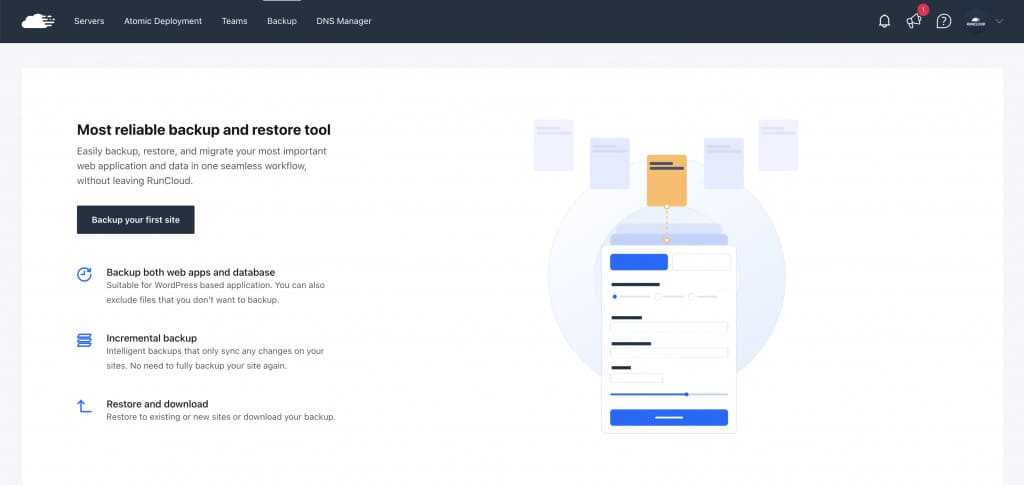
Update DNS Records
This stage is considered the home stretch. Once the crawl and full site migration are underway, it’s necessary to apply the most accurate, correct, and precise settings. These configurations will ensure smooth and uninterrupted performance of the new site in the future. As a result, redirecting users to the updated version of the resource will happen clearly and without obstacles.
Conduct a Full SEO Audit of Your Old Site
Carrying out an SEO audit of your old business web resource opens up the opportunity to identify both weak points and strong advantages before you migrate. At this stage, content is analyzed, technical metrics and characteristics are reviewed, and the backlink profile is checked. Essentially, these actions contribute to strong rankings and help retain incoming traffic after the data has been transferred to the new web resource.
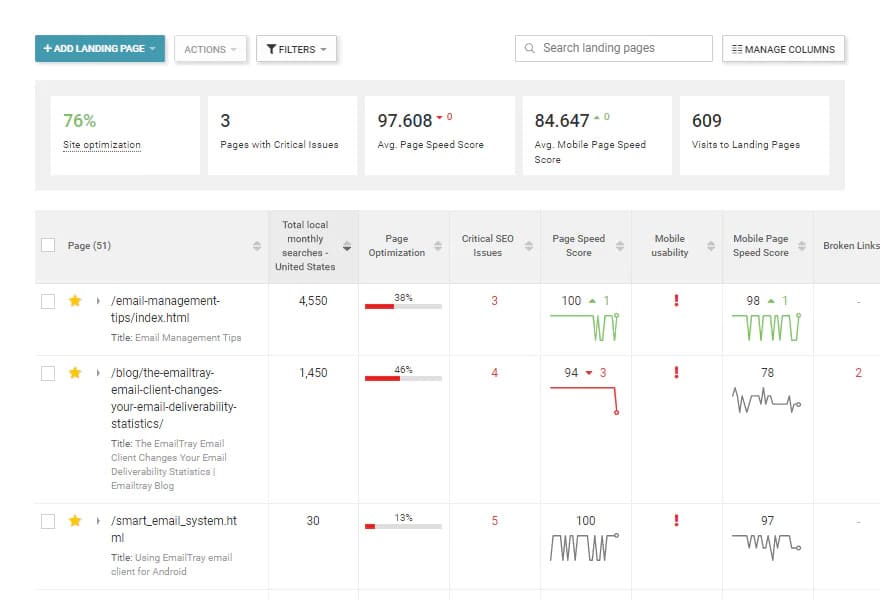
Crawl the Site Using SEO Tools
At this point, various SEO web technologies are utilized. Among the most popular are Ahrefs and others that enable a full crawl to detect technical issues, broken links, duplicate titles, content, and pages. Thanks to search engine optimization tools and the content management system, it becomes possible to map out the business resource and configure redirects properly during the migration.
Identify Top-Performing Pages and Keywords
It’s crucial to identify those web pages on your business site that generate significant traffic and boost conversion rates. You should also pinpoint the keywords and phrases that help you achieve top positions in the search engine Google. These steps eliminate the risk of losing your current SEO results. This approach ensures high visibility in the search engine Google (and across other online platforms).
Analyze Backlink Profile
A successful site migration also depends heavily on analyzing the backlink profile. Experts can determine which web pages are the most valuable in terms of external SEO. A backlink profile not only stores but also allows internet users to click on links to visit a new site while maintaining a high authority among search engine bots and keeping link juice intact.
Review Technical SEO Elements
It’s essential to double-check all elements related to technical SEO. This includes metadata, headings, alt tags, internal links, URLs, and the interlinking structure of your business web resource. Timely elimination of issues, error correction, and quality optimization on the new or staging site can lead to a high-quality migration process and help avoid ranking and position losses in Google searches.

Set Up a Staging Site
Speaking of a staging site, it’s important to emphasize a few key things. First, it’s a safe environment where you can eliminate any risks before launching the new business resource. Second, with the right configuration, you can ensure the platform runs smoothly. Third, this step allows for identifying errors, adding essential features, and more. As a result, the business web resource will operate properly and efficiently after the migration process.
Testing the New Site in a Secure Environment
This process should begin during the development phase of the business site. After the initial build, it’s critical to check for bugs, flaws, or other issues that might affect functionality. A test version of the web resource protects it from indexing on online platforms, prevents external access, and allows for complete confidentiality during testing and review.
Ensure Consistency in Content and URL Structure
When it comes to content, it must provide value to online users. The structure should be simple, clear, and user-friendly. These factors help boost ranking, attract qualified leads, and support SEO performance. By verifying that the new web resource complies with all rules and algorithms used by online bots, you increase your chances of achieving excellent post-migration results.
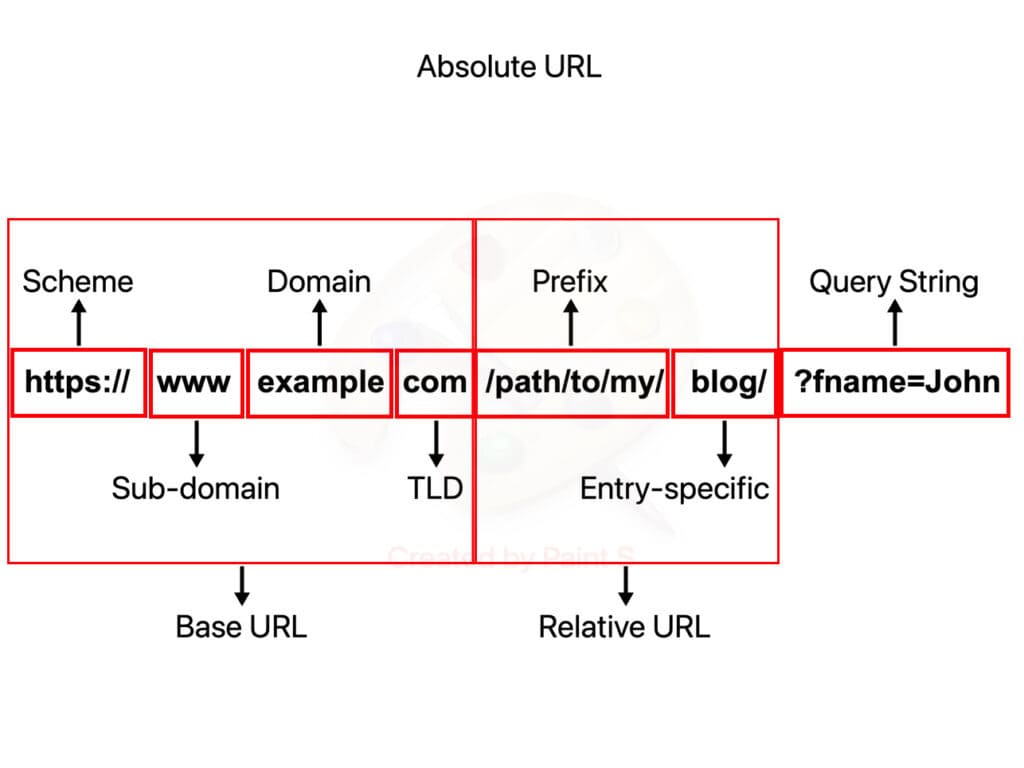
Install Necessary Plugins and Integrations
This stage involves setting up all essential plugins, modules, and external integrations — from SEO tools to analytics and Google Search Console configuration. It ensures the platform is fully functional after launch. This directly contributes to successful promotion and effective operation in the market.
Check Responsiveness Across Devices
Your site must function correctly across all devices — phones, laptops, notebooks, smartphones, tablets, and more. A responsive structure and optimized design enhance user experience, reduce bounce rates, and positively impact rankings on search platforms.
The Technical Side of a Successful Site Migration
Preserving all SEO rankings and the user experience hinges on this critical phase. Each step must be carefully executed — from URL transfers to full optimization of page load speed for the business web resource. This helps prevent the loss of additional traffic and errors during web platform indexing.
Mapping URLs and Setting Up Redirects
When URL mapping is done correctly and redirects are properly configured, migration can be executed smoothly. This step underscores professional SEO and passes value from old pages to new ones. It also ensures uninterrupted access to all embedded content for potential clients and online users.
How to Use 301 Redirects Correctly
301 redirects inform online bots that the business site’s web pages are being permanently moved. Using them wisely helps maintain positions and rankings in search results while minimizing traffic loss after the migration to the new web platform structure.
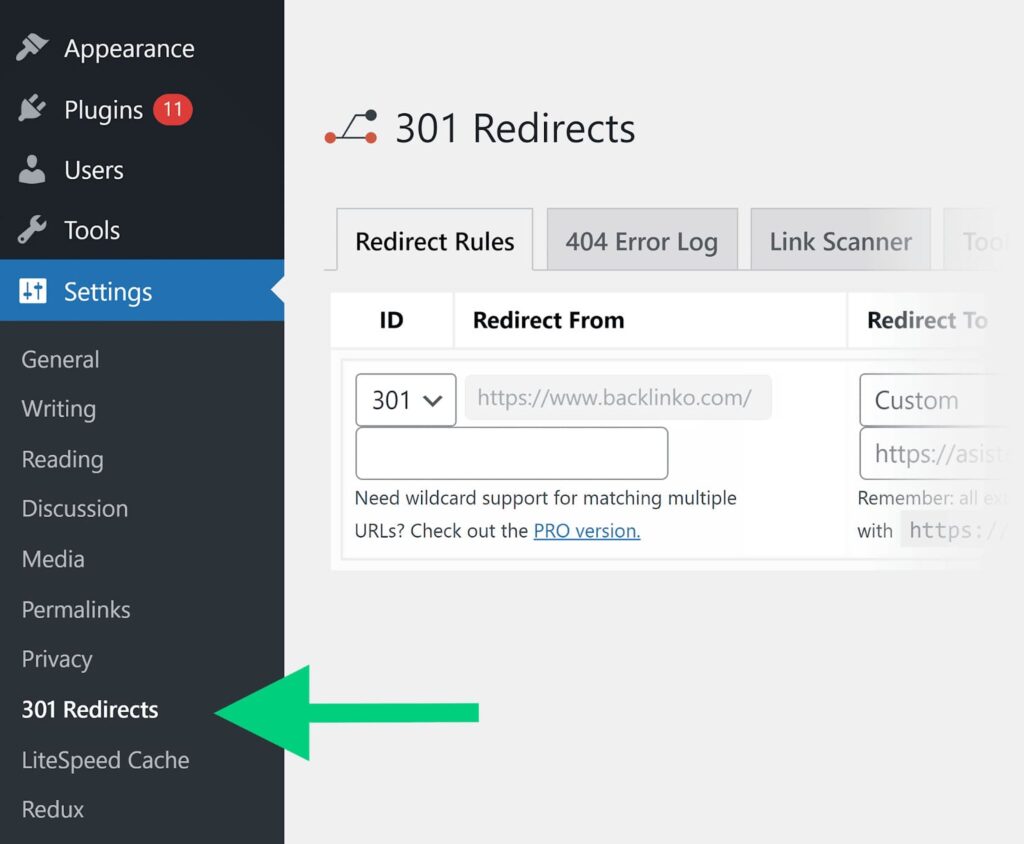
Avoid Redirect Chains and Loops
Special attention must be given to redirecting chains and loops. These slow down page load speeds and interfere with proper indexing. That’s why experts must avoid them at all costs. This ensures accurate SEO signal transmission and maintains the business web resource’s performance at a strong level.
Updating Internal Links and Canonical Tags
As soon as the brand or company’s web resource undergoes migration, it’s essential to pay close attention to updating all internal links. Canonical tags should also be revised accordingly. This plays a vital role in creating intuitive navigation, helps prevent the display of duplicate content, and positively influences the indexing of new URL addresses.
Ensure Internal Navigation Supports the New Structure
Well-optimized internal navigation tailored to the newly created architecture of the brand or company’s web resource ensures that potential customers and internet users can quickly find the information they need. This step also contributes to improved user behavior metrics and overall professional SEO optimization.
Canonical Tags to Prevent Duplicate Content
Canonical tags clearly show search platforms which versions of a company’s web pages are original and which are not. Proper configuration prevents errors and issues related to duplicate content and pages while ensuring effective link equity distribution between web pages.
Check for and Fix Broken Internal Links
When dealing with broken internal link structures, it’s important to understand that they significantly degrade the customer experience. They also interfere with proper search engine indexing. After migration, a professional internal linking audit must be performed to identify and eliminate all visible errors, crucial for maintaining the current structure of the business resource.
Optimize Site Speed and Performance Post-Migration
This stage is critical. If you’re undertaking a brand or company web platform migration, it’s vital to enhance all technical metrics and indicators. This ensures user retention, improves rankings, and secures the smooth operation of the business’s web platform.
Leverage Technical SEO Enhancements
Focusing on this step not only helps structure information correctly on the website but also speeds up load time. Techniques such as file compression and code optimization contribute to better online visibility and ensure alignment with web crawler algorithms across the internet.
Test for Mobile Friendliness and Core Web Vitals
Everyone knows the importance of mobile optimization. Leveraging Core Web Vitals allows you to subtly yet effectively boost search rankings. Optimizing for mobile significantly enhances the user experience, especially considering how many people worldwide now prefer using smartphones and mobile devices for convenience.
Minify CSS and JavaScript Files
These modern web technologies dramatically improve the loading speed of your web resource. For example, removing unnecessary spaces and eliminating distracting or non-essential code comments helps reduce data volume and enhances overall page performance for the brand or company’s web presence.
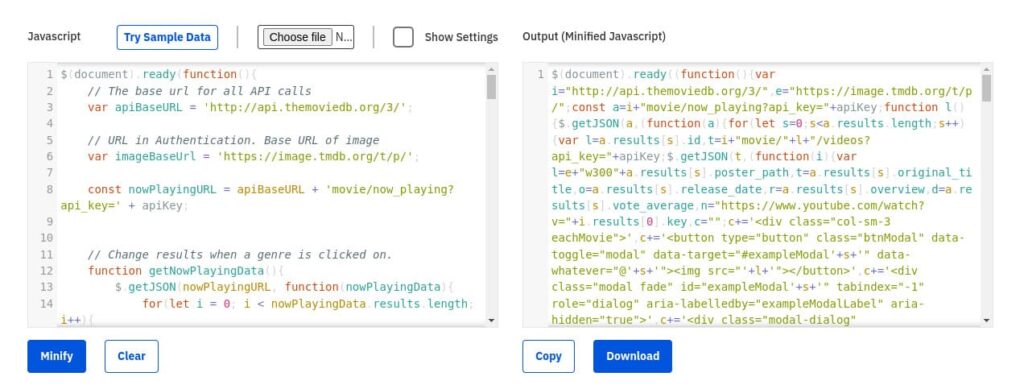
Consider a Content Delivery Network (CDN)
By integrating this step early in the migration strategy, there’s a strong chance of significantly accelerating the performance of the business’s web resource. A CDN distributes content across key servers worldwide, boosting platform speed, improving accessibility, reducing hosting strain, and increasing operational stability.
SEO and Analytics Setup for the New Site
Once a new business web resource goes live, it’s crucial to implement a professional SEO and analytics setup. This process involves a platform recheck, sitemap submission, and crawling monitoring. Together, these steps significantly enhance visibility and allow for consistent control over the site’s performance in search platforms. These are two essential tasks that must be part of a customized SEO strategy.
Verify the New Site in the Google Search Console
Ownership verification should be done through a search performance monitoring tool. Businesses must take advantage of this critical opportunity, as it will directly impact the future performance of their web resource in the online space. A verified profile grants access to valuable analytics, including traffic data, crawl error tracking, index management, and more.
Connect the New Property in Google Analytics
Proper creation and integration of the new web resource into Google Analytics is a must. This step enables tracking of user behavior, supports traffic growth, and boosts key performance metrics — ranging from platform performance after launch to qualified lead acquisition and target audience retention.
Submit a New Sitemap and Monitor Crawling
Submitting an up-to-date sitemap to the Search Console is essential. This action helps search platforms like Google quickly discover and index the brand or company’s new web pages. It also accelerates the detection of potential crawling issues, ensuring fast troubleshooting and continuous site health.
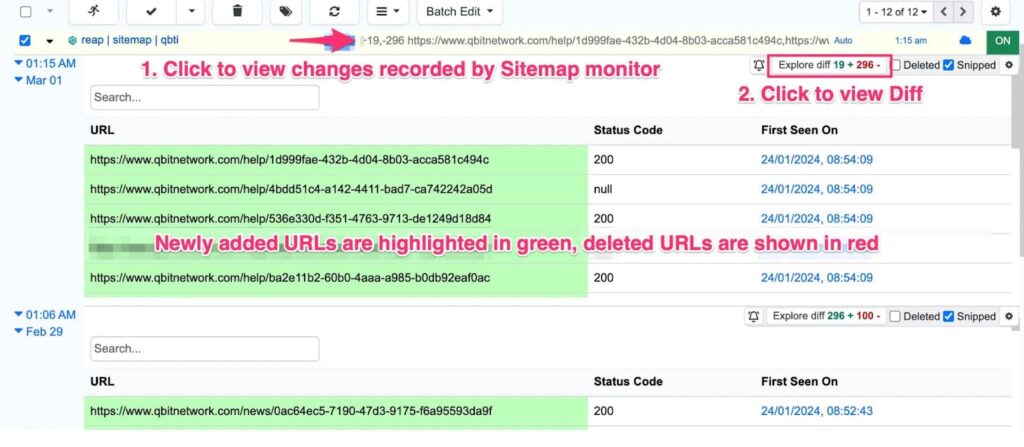
Post-Migration Checks and Monitoring
Once the site migration is complete, experts should conduct a thorough review and set up ongoing monitoring. This critical step helps detect and resolve issues promptly, preserving rankings, positions, and other essential metrics, while ensuring consistent performance of the brand or company’s web platform.
Use an SEO Migration Checklist
Using a well-structured SEO migration checklist is non-negotiable. This proactive measure ensures control over indexation, updated internal linking, and data analysis. Following this plan reduces the risk of losing valuable traffic during the transition process.
Monitor Rankings and Traffic
Thanks to this process, which is necessary to evaluate the success of a business website migration, it is possible to prevent a loss of site traffic. The use of up-to-date web analytics tools helps to more thoroughly monitor changes, traffic sources, and user behavior on the brand’s new website.
Compare Data in Google Analytics Before and After
By occasionally comparing user behavior and traffic sources in Google Analytics (for example, before and after a web resource migration), you gain a clear understanding of how the process has impacted site traffic and user engagement with your business web resource.
Track Keyword Rankings and Search Visibility
You should consistently monitor all changes in keyword and phrase rankings, along with fluctuations in your brand or company’s web resource visibility in search. These essential actions help determine whether the current SEO performance has been preserved after completing the web platform migration.
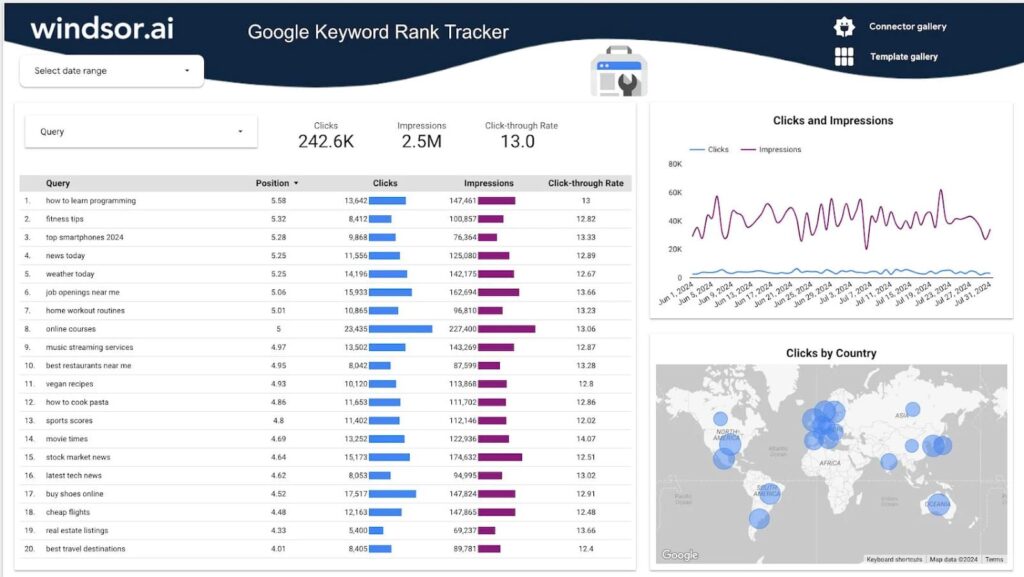
Crawl the New Site
By performing a technical scan of your business’s new web resource using today’s most relevant SEO tools, you can assess whether the site structure is correct, whether all pages are accessible, and whether there are any technical flaws, deficiencies, or problems that need attention.
Watch for Errors, Broken Links, or Missing Redirects
A thorough audit of your brand or company’s web resource for flaws, broken link mass, various types of errors, and missing redirects helps improve the speed and performance of your business’s web platform. Stay alert — these issues can negatively affect user experience and search rankings.
Fix Crawl Issues Quickly to Avoid Ranking Drops
At this stage, experts must fix all crawl-related issues without delay. This procedure must be executed swiftly. Once the issues are resolved, the risk of losing rankings, declining visibility, and weakening indexation and growth metrics will drop significantly.
Request Indexing of Key Pages in Google Search Console
As soon as the migration is complete, the business owner should request indexing reports for key web pages via Search Console. This greatly accelerates the appearance of your listings in search results and helps recover lost traffic faster.
FAQs
What is a 301 redirect and why is it important in a site migration?
This refers to рermanently redirecting traffic from outdated URLs to their current and functioning versions. Such a setup helps prevent new errors and supports maintaining high rankings and continued growth during business promotion. Without it, internet users and online bots may encounter inaccessible web pages — something that should never be allowed.
How do I set up Google Search Console for a new site?
You need to create a profile, then add the required domain and verify ownership using the available methods. These can include an HTML file, a DNS record, and others. Once that’s done, you can upload the sitemap and begin tracking all technical indicators. This allows you to analyze crawler behavior and detect flaws, shortcomings, and issues at an early stage.
How can I recover traffic lost after a migration?
First, experts perform an audit of all existing paths, indexing, and web pages. This is done to identify any issues or shortcomings. Then, configurations are corrected, and optimization processes are enhanced to improve key web elements. With ongoing monitoring, it’s possible to recover the target audience traffic that was lost during the migration of the business web resource.
Should I use a content management system migration tool?
Such expert tools can fully automate the transfer of all content, which often includes posts, media files, and settings. This reduces the number of operations that need to be done manually. It’s especially useful when working with large-scale business projects, where accuracy and maximum speed are critical. They also help reduce the risk of data loss overall.





